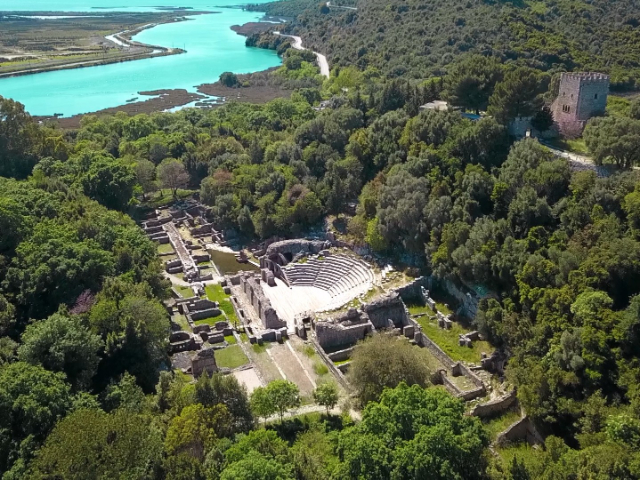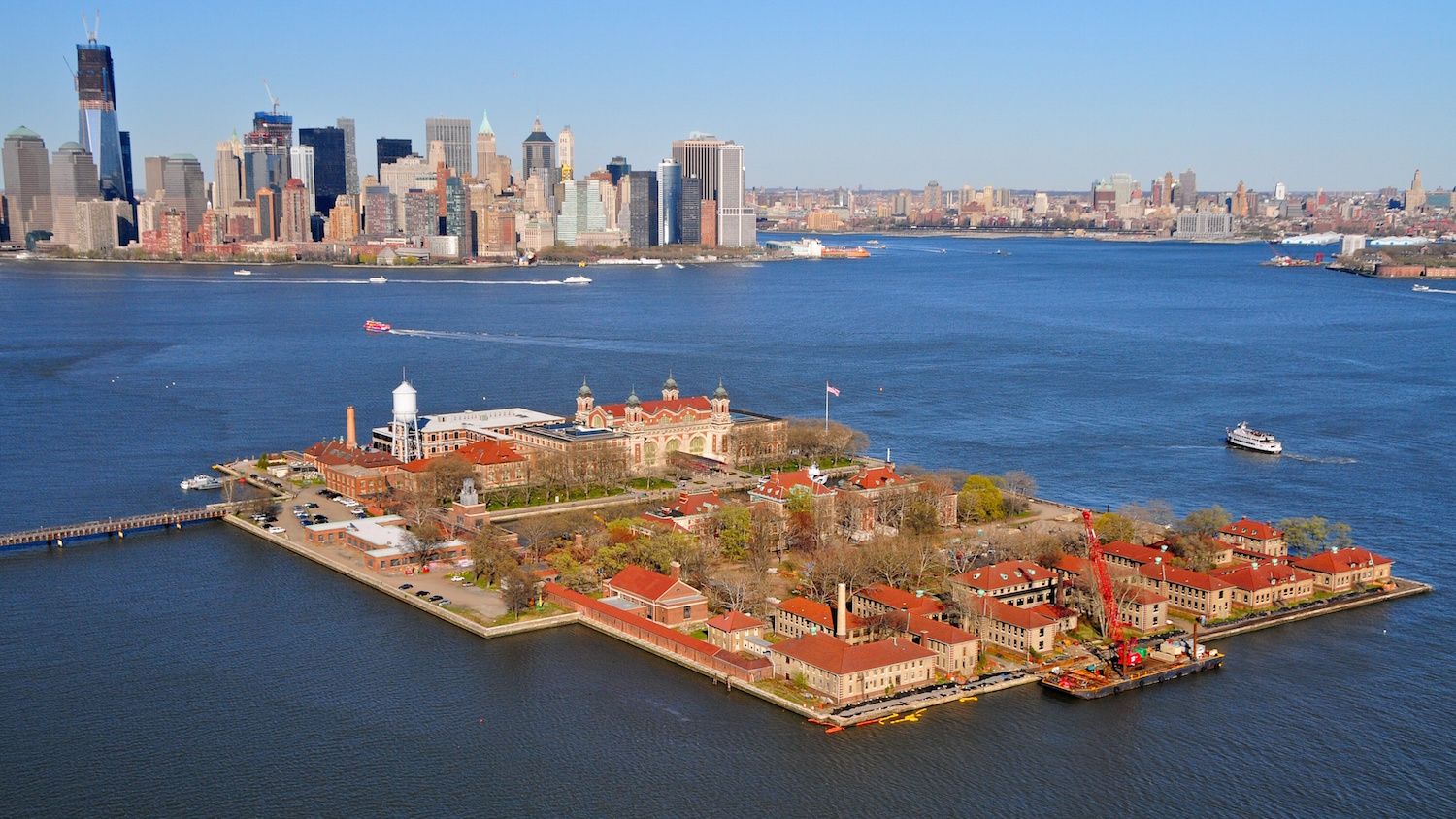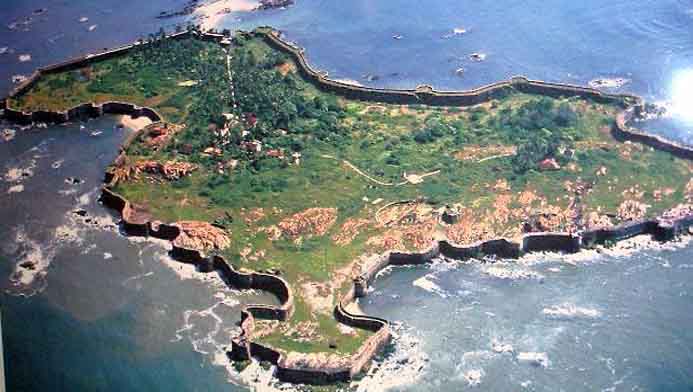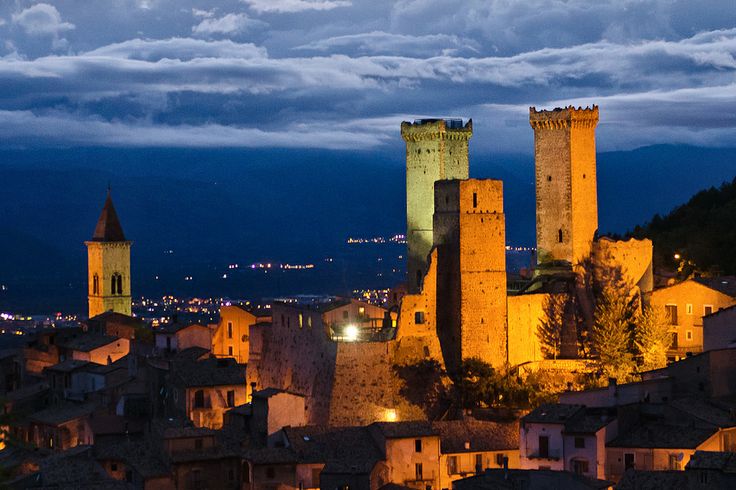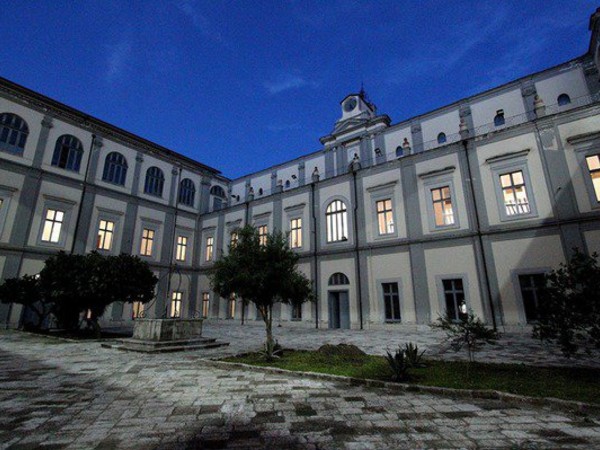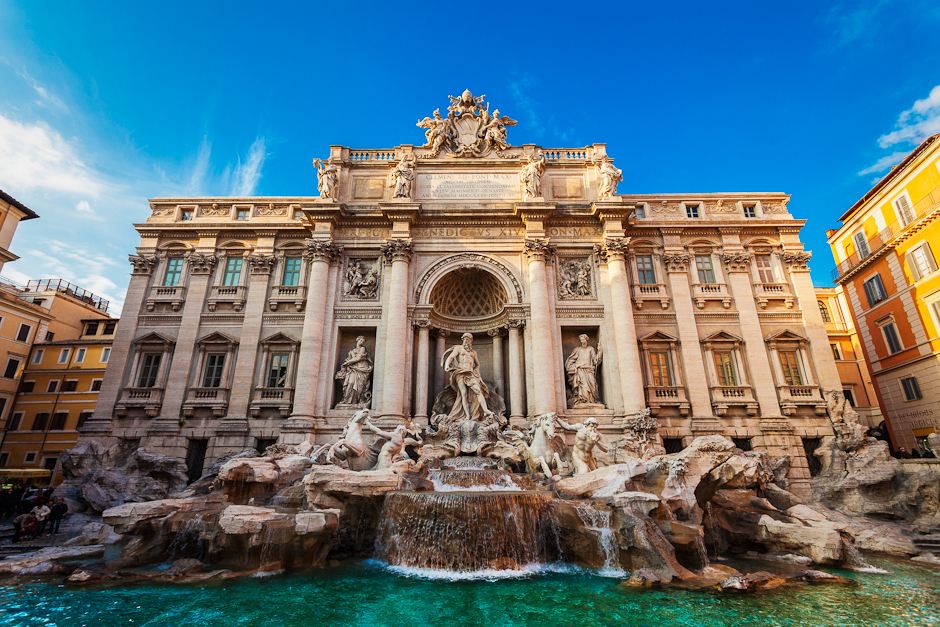<p>When most people think of Butrint National Park, they may conjure images of crumbling amphitheaters, ancient ruins, and age-old mosaics. While the park’s historical richness is undeniable, it is equally a sanctuary of natural wonders that beckon nature enthusiasts and biologists alike. Nestled in the southern tip of Albania, this UNESCO World Heritage Site is not merely a time capsule of human civilization; it’s also a biodiverse habitat that is both idyllic and scientifically significant.</p>
<h4>A Diverse Palette of Habitats</h4>
<p>What sets Butrint apart is the complexity and diversity of its ecological zones. From freshwater lakes and salt marshes to dense evergreen forests and open meadows, the park serves as a unique cross-section of Balkan ecology. These diverse habitats make Butrint an ecological hotspot, fostering a variety of plant and animal species that are both endemic and migratory.</p>
<h4>A Birder’s Paradise</h4>
<p>For ornithologists and casual bird-watchers, Butrint National Park is a haven that offers a rich avian diversity. Over 246 bird species have been recorded in the park, including the endangered Dalmatian pelican and the pygmy cormorant. The salt marshes and freshwater lakes create the perfect conditions for wading birds like flamingos, herons, and egrets, while the dense forests are home to species like the golden eagle and the European green woodpecker. The park’s avian population isn’t just significant in terms of numbers but also in the rarity of the species it sustains.</p>
<h4>Mammalian Wonders</h4>
<p>While birds might take the spotlight, Butrint is also home to several mammalian species that make the sanctuary a must-visit for wildlife enthusiasts. It is one of the few places where you can spot the elusive Eurasian otter. The dense forest areas are a shelter for mammals like wild boar, roe deer, and even the elusive Balkan lynx, which is critically endangered and one of the most iconic symbols of Balkan wildlife.</p>
<h4>Aquatic Ecosystems</h4>
<p>At the heart of the park’s ecosystem is Butrint Lake, a brackish water body that is connected to the Ionian Sea via the Vivari Channel. The lake is rich in aquatic life, including eel, mullet, and various species of sea bass. This thriving aquatic environment not only supports the diverse wildlife of the park but also has a significant impact on the surrounding marine ecology.</p>
<h4>The Importance of Conservation</h4>
<p>The ecological importance of Butrint National Park has not gone unnoticed. The park’s designation as a UNESCO World Heritage Site has led to increased efforts to maintain and protect its diverse habitats. Programs geared towards sustainable tourism and ecological research are being implemented to ensure that the natural beauty of the park is preserved for future generations.</p>
<h4>A Living Breathing Laboratory</h4>
<p>The wealth of biodiversity and range of habitats make Butrint a valuable site for scientific research. Numerous ecological studies have been conducted here, focusing on everything from avian migration patterns to the habitat needs of the endangered Balkan lynx. The data collected from such research plays an integral role in the park’s conservation efforts.</p>
<p>In conclusion, the natural sanctuary that is Butrint National Park is a veritable paradise for anyone keen on exploring the natural beauty of the Balkan Peninsula. From its rich biodiversity to its role in scientific research and conservation, Butrint stands as a testament to the wonders that can flourish when nature is given a chance to thrive undisturbed. Whether you are an avid birder, a wildlife photographer, or simply someone who enjoys the serenity of a natural setting, Butrint offers a truly enriching and enlightening experience.</p>
